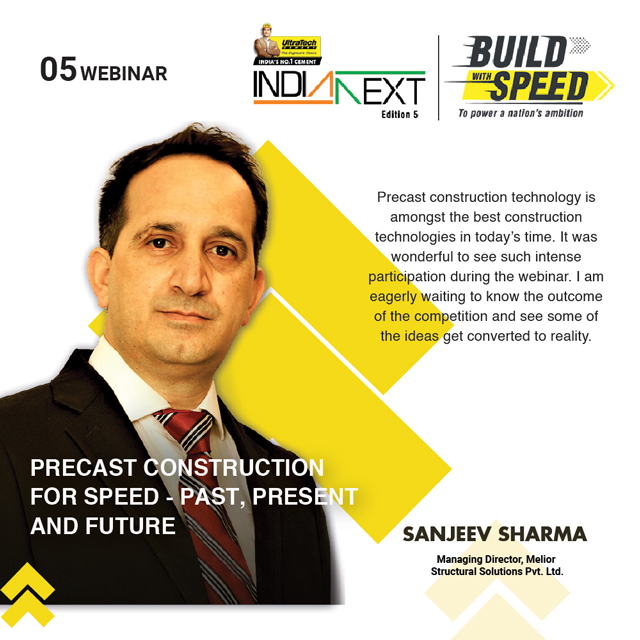
For Architects &
Engineers
The participating team must comprise of at least 1 architect and 1 engineer. The strengths of both team members must be leveraged for an innovative design solution. To provide velocity to the building of homes in large numbers, the competition is looking at solutions that are practical, and yet innovative to generate the kind of numbers to reach the targets for 2030.

